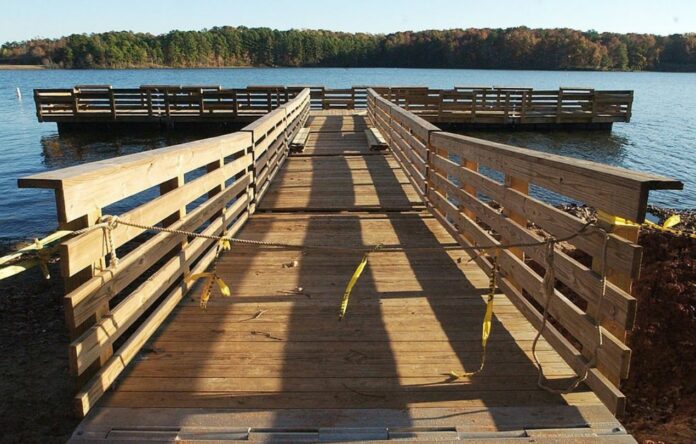The phenomenon discovered in and around North Carolina lakes applies to a huge number of other areas in the United States, and all of them will be exposed to increasing extreme weather events and flooding as a result of global warming.
A study of sediments from five North Carolina lakes near power plants that burn coal found that coal ash has polluted surface waters for longer and in more places than was thought before.
Since the beginning of coal operations in North Carolina, huge quantities of coal ash have been carried and deposited in lake sediments, according to the findings of scientists from Duke University and Appalachian State University.
According to Duke University professor Avner Vengosh, the bottom sediments of a lake provide a detailed history of what has dropped into the lake water and settled to the bottom.
“Using our age-dating methods,” as explained by the professor, they “were able to go back in time, in some cases even before the coal plant was built, and reconstruct the history of the lakes.”
Coal ash is the byproduct of burning coal to produce power, and it is known to include dangerous metals such as lead, chromium, cadmium, mercury, arsenic, selenium, and molybdenum, all of which have been linked to human cancers and other adverse health effects.
Vengosh said that the contaminants are not trapped in the sediments of the lake. A chemical examination of the pore water beneath the sediments of the lake revealed that metals leached from buried coal ash and might enter the aquatic food chain.
The research was published in the journal Environmental Science & Technology today.
“These are recreational lakes,” added lead author Zhen Wang. “Some of them, like Hyco Lake, were originally built for the coal plant, but over the years, it has become very desirable real estate where people build their dream homes. It looks very pristine and beautiful, but if you dig in, you find piles of toxic coal ash.”
The five lakes included in the study were Hyco Lake and Mayo Lake in Person County, Belews Lake in Rockingham, Forsyth, and Stokes Counties, Mountain Island Lake in Mecklenburg County, and Lake Sutton in Brunswick County, all of which were built for the local coal plants.
The researchers also collected samples from Lake Waccamaw in Columbus County, west of Wilmington, a natural lake that was dammed in 1926 to prevent it from drying up during droughts.
Co-author Ellen Cowan, highlighted: “By looking at the microscope we were able to identify the different types of coal ash that were deposited over time in the lakes.”
It seems that coal ash was initially just thrown into the nearby lake at several of the sites, according to Cowan.
“Over time, when the Clean Air Act was enforced and scrubbers were added to the coal plant smokestacks to catch fine particulates, we see changes in the coal ash with higher proportions of small particles.”
Vengosh said that the tiny pieces of coal ash have the highest concentrations of toxic elements, which made the lakes even more polluted.
“The toxicity of the coal ash actually becomes worse because those small particles contain higher concentrations of the trace elements.”
According to the study’s authors, there are three ways that coal ash could get to lakes: Prior to the installation of the scrubbers, atmospheric emissions of coal ash settled on nearby lands and washed back into the lake by its watershed. Additionally, natural disasters like hurricanes and tropical storms flooded and flushed the nearby coal ash impoundments, causing them to overflow into the nearby lakes.
“While previously we thought that lakes and groundwater are being contaminated by leaking or effluents discharge from of coal ash ponds, the new findings indicate that we have underestimated the environmental impact of coal ash,” Vengosh added. “We thought that the majority of the coal ash is restricted to coal ash ponds and landfills. Now we see it’s already in the open environment.”
The authors of the study warn that this is a far greater problem that, due to climate change, will only worsen. In addition to North Carolina, there are many lakes or open water reservoirs near coal facilities, Vengosh noted.
“The phenomenon that we discovered probably applies to many other sites across the US and all of them are going to be vulnerable to more extreme weather events and flooding that we know is coming from global warming.”
Source: 10.1021/acs.est.2c04717
Image Credit: Getty
You were reading: These Beautiful North Carolina Lakes Hide “Piles Of Toxic Coal Ash”
